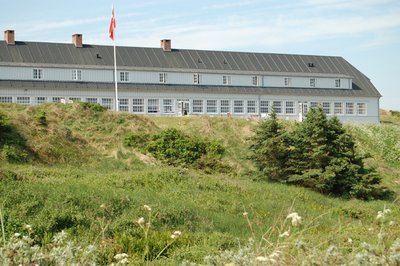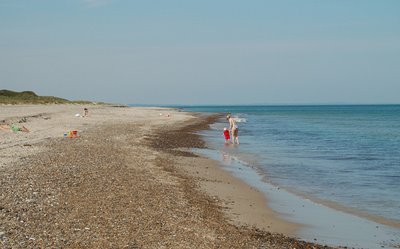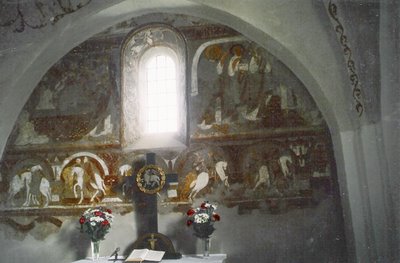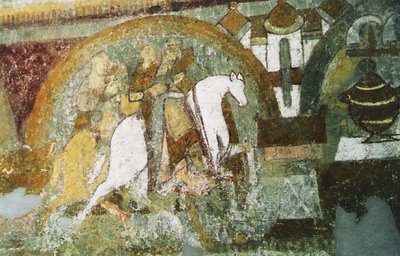 |
| Guelder Rose, Bjerre skov/gb |
Viburnum opulus
When winter comes and most fruits have fallen from the trees, the Guelder Rose still stands with its fine red fruits and richly coloured autumn leaves. The shrub forms underwood and edges in mixed hardwood forests in wet and mineral rich soil all over Europe. It thrives both in full sun and half shadow and stands wind and frost.
 |
| Guelder Rose, Bjerre skov/gb |
It has got a lot of names in English: Cramp bark / Cranberry tree / Dog rowan tree / European cranberry bush / Guelder rose / High cranberry / Highbush cranberry / King's crown / May rose / Pempina / Pimpina / Rose elder / Silver bells / Snowball Tree / Water elder / Whitsun bosses / Whitsun rose / Whitten Tree / Wild Guelder rose.
The Guelder Rose was earlier ascribed to the honeysuckle-family, (like snowberry and elder) but genetic studies under Angiosperm Phylogeny Group have shown that it belongs to the Adoxaceae-family. The botanical name is Viburnum opulus. It is a species of Viburnum native to Europe and Asia. The common name Guelder Rose appears to have originated because a popular cultivar, the snowball tree, supposedly first originated in the Dutch province of Guelderland.
 |
| The White flowers of Guelder rose(wikipedia ) |
The white flowers are pollinated by various insects; the inflorescence reminds about the hydrangea. The seeds are dispersed by birds, and the leaves are often eaten by caterpillars. The shrub is also cultivated as a component of hedgerows, coverplantings, and as part of other naturalistic plantings in its native regions. Guelder Rose is a good bush in the garden, not just because of the fruits, but it is a good hiding place for birds and their nests. Guelder rose is spread both by seeds and root-suckers. Berry-eating birds ar very fond of the berries, especially winter birds like fieldfare and Bohemian waxwing. The berries are poisonous to humans. The leaves are often eaten by caterpillars.
 |
| Kvalkved/Guelder rose, Vestamager, Sjælland/gb |
The fruit is actually considered poisonous, but however used in some countries to make jelly. It is very mildly toxic, and may cause vomiting or diarrhea if eaten in large amounts (Plants for a Future).
Practical use. The berries have anti-scorbutic properties. They turn black in drying and have been used for making ink. The wood was used for combs making combs in looms, tobacco pipes etc. From the straight branches were made pipe tubes and walking sticks, the strongest branches were used to make knitting needles.
The berries were used as baits in bird traps.
Folk Medicine: The dried bark was used in a tincture, known as "Cramp Bark," to alleviate painful menstrual cramps.This herb was mainly used for treating feminine problems like menstrual cramps, postpartum discomfort, preventing miscarriages and internal hemorrhages and was used as a uterine sedative also.
 |
| The Nix ( Theodore Kittelsen, Norway 1904/wikipedia |
If people had a stick of Guelder rose in their pocket, the underworld had no power over them.
Source: Brøndegaard, Etnobotanik, Folk og flora; Danmarks natur; Gyldendal, Politikens havebog, samt Wikipedia.
photo Bjerre skov, Horsens in September : grethe bachmann
photocopy from wikipedia




 T
T








